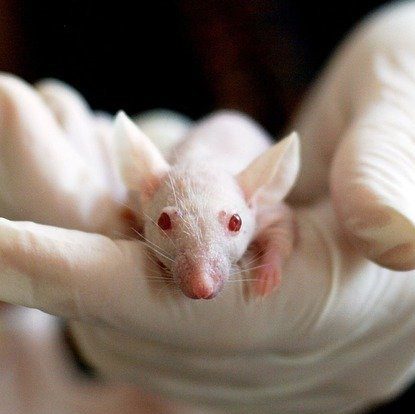Scientists at California’s La Jolla Institute are conducting a study that is the forerunner of a clinical that will be investigating human antibodies. The new vaccine will be pitted against a lethal virus that is primarily spread by rodents.
According to a recent article in Newswise, the scientists are planning to use their newly-created Lassa virus glycoprotein map in the creation of a vaccine to block viral infections. Three rare antibodies taken from people who have survived a Lassa infection will be used in the trial.
Dr. Kathryn Hastie, La Jolla Institute instructor, reports that the study has shown the way the therapeutic antibodies respond.
Dr. Hastie and colleagues published images viewed for the first time of the Lassa virus glycoproteins that invade the host cells and cause the infection. Dr. Hastie’s images introduced researchers to the dangerous virus.
Science Translational Medicine published the findings on October 26, 2022 as its cover story.
About the Virus
The virus, which begins with flu-like symptoms, leads to Lassa fever and severe illness. It infects approximately three hundred thousand West Africans every year. Lassa is especially lethal to pregnant women with a ninety percent fatality rate.
About Arevirumab-3
Researchers had been looking for rare human antibodies that were able to break through the Lassa virus defenses. They were specifically looking for a way to harness neutralizing antibodies in order to develop Lassa fever vaccines and therapeutics.
This was accomplished by researchers at Zalgen Labs and Tulane University who isolated Lassa antibodies taken from Lassa fever survivors’ blood. The end result was brought about by Texas University’s Medical Branch who used non-human primates to test three neutralizing antibodies
The therapy tested 100% effective in the treatment of Lassa fever including at the advanced disease level.
However, the FDA would not authorize clinical trials until they received information that explained how the antibodies prevent infection. In other words, how the neutralizing antibodies target Lassa virus glycoprotein. A more detailed map would now be required.
The Saphire Lab spent the next three years on the production of a “native” Lassa glycoprotein. The effort resulted in a copy that was recognized by the three antibodies that comprise Arevirumab-3. The team had fulfilled its mission of demonstrating how Arevirumab-3 was able to neutralize Lassa virus.
But Lassa does not give up that easily. It protects itself with human carbohydrate molecules. Saphire’s structures, however, show that these potent antibodies utilize the carbohydrate molecules to neutralize the virus.
Lassa does, however, have weak spots which have been discovered by the researchers. They are called epitopes and are molecular regions on the surface of an antigen. The Saphire Lab has recently published papers on anti-Lassa antibodies in several publications including the journal Cell Reports.
The researchers believe that these findings will clear the way for Arevirumab-3 to advance to clinical trials.





